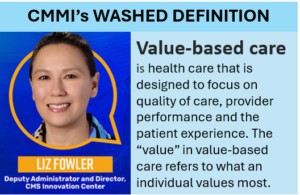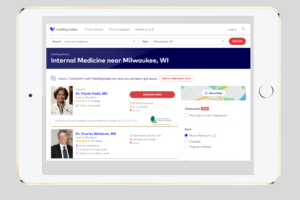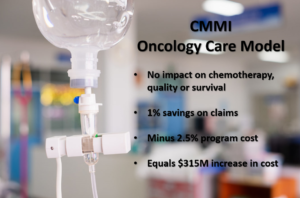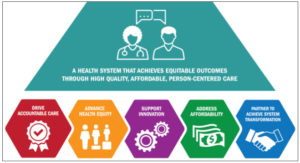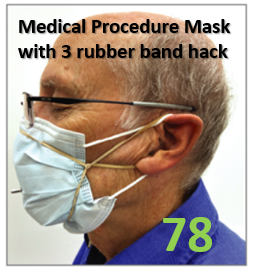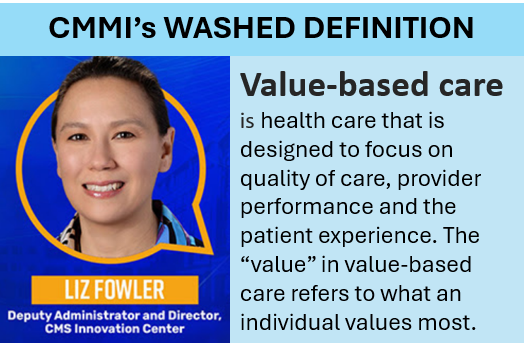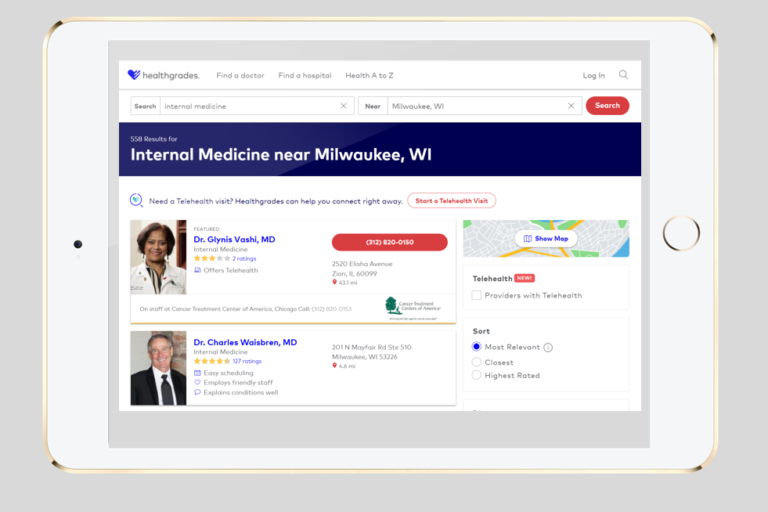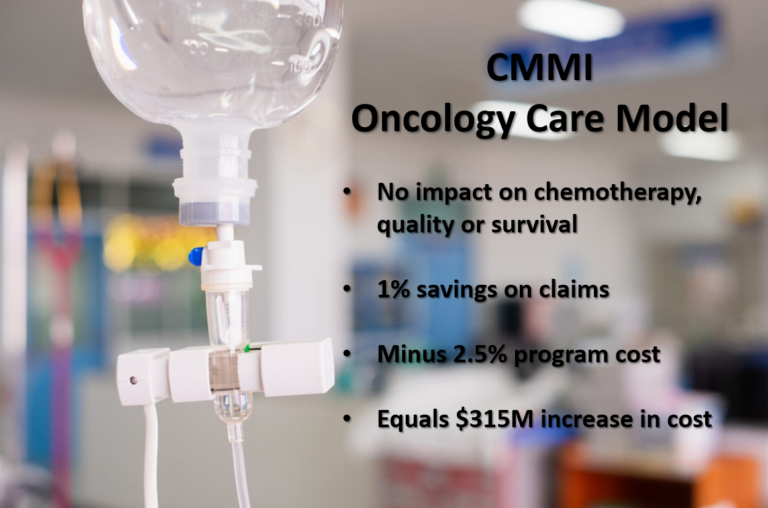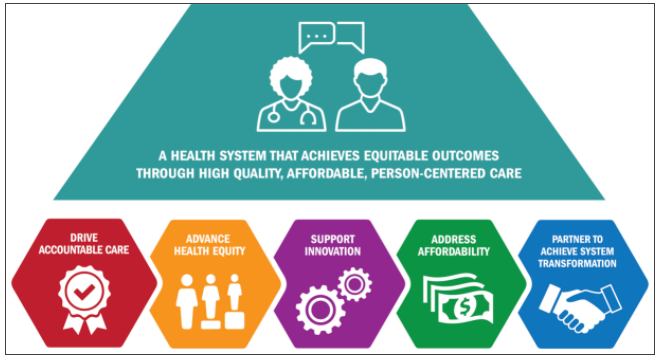I spend most of my time thinking about how to improve a broken health care system, and how to leverage information technology to enable improved health care processes. But, our educational system is also broken. And, information technology can also enable improvements in education processes.
In a New York Times op-ed this week, David Brooks describes the “tsumani” of change coming to the field of higher education, as web-based distance-learning approaches are embraced by top tier universities and threaten to disrupt the traditional campus-centric approach. Although some of the respondents defended the humanism of face-to-face education, most acknowledged the need for change, and embraced the concept of leveraging the internet to enable a more effective system. I think this trend is long overdue.
I am grateful for the education that I received from the University of Notre Dame and the University of Chicago. As years have passed, I have come to appreciate the value of that education more, not less. But, to be honest, there is a lot of room for improvement. Far too much of the traditional college education process takes place in large lecture halls in which a fraction of the enrolled students attend lectures and take notes for many others who don’t find it sufficiently valuable to show up. At the front of the lecture hall is a person who was selected and promoted for his or her ability to pump out research papers to be published in journals that often have little editorial rigor, a small actual readership and questionable impact. Too often, the lecturer was not selected or promoted for being a talented lecturer. And, since true talent at lecturing is rare, even good local lecturers are unlikely to be as good as the top lecturers around the world. Because many classes are large, the tests often are quite mechanical, thereby creating a system of incentives in which the students focus on mechanical learning — regurgitating a fact base, rather than developing latent talents, honing skills and acquiring insights. Then, students participate in labs or discussion seminars led by graduate students that were not selected for their ability to lead discussions. Furthermore, as shown in the graph below prepared by Mark Perry, our system of higher education has been growing more and more expensive, putting it out of reach for more people.
I don’t think the problem is with the educators. As with doctors, educators do heroic, creative things to achieve the best outcomes they can. Rather, the problem is with the system. As taught by one of my health care heroes, Don Berwick, “every system is designed perfectly to achieve exactly the results it gets.”
I am hopeful that web-based education will disrupt this old system, driving up effectiveness and driving cost way down, thereby increasing access. I am encouraged by the high quality level of such resources as Khan Academy, an absolutely fantastic collection of interesting free lectures taught by amazingly talented lecturers. Schools use these lectures to turn the classroom “upside down,” pushing the lecture portion of their teaching to homework hours, leaving the in-school time for students to work together and receive individual and small group coaching from the teachers to address any remaining confusion about the subject material and provide experiences that deepen learning.
But, I think the transformation will go beyond just shifting classes from physical to virtual classrooms. I think it might lead to a system in which many more people get involved in teaching, mentoring, and coaching, and in which people can continue their education and development throughout their lives. Our traditional process for higher education ends quite abruptly at graduation, with ongoing contact between educational institutions and their alumni focused more on fund-raising than continuing education. And, our approach to human resource development in the workplace tends to go through periods of fad and famine. The fads sometimes seem to be initiated by new leaders who want to demonstrate something about their leadership style, rather than a sincere and persistent effort to develop people over time.
But, when I was in medical school going through a general surgery rotation, the department chair repeatedly implored his students to subscribe to a few medical journals to begin to build their own libraries and get familiar with the community of people that contribute to those journals. He wanted us to become engaged in lifelong learning and to become members of those communities. Of course, we looked at him like he had three heads — as if we could afford to spend hundreds of dollars on journal subscriptions and spend time reading them when we had tests to study for. But, he was right in ways I did not appreciate for years. In my professional life, when I have had the opportunity to mentor others, I have always found it rewarding and beneficial to my own learning. When I have had the opportunity to be mentored and coached by others, I have always valued the experience. And, when I have taken the time to read and write about advancing the field, I have felt a satisfying sense of belonging and camaraderie within our professional community.
I look forward to an educational system that blurs the boundaries between the campus experience, professional continuing education, human resource development and professional networking. Imagine a pre-graduation higher education process that places far more emphasis on establishing ingrained habits for lifelong learning and creating durable learning networks that can morph over time as the learner moves through different industries and grows to higher levels of responsibility and leadership. Imagine university faculty continuing to check in on their students over many years. Imagine social networking tools that go beyond just connecting people with similar interests to creating a vehicle for mentoring and teaching, perhaps with capabilities for testing and assessment, educational and career goal setting, and financial or non-financial rewards for faculty.
Forward looking health care organizations are already pursuing some of these changes. For example, the Henry Ford Medical Group has established new processes and web-based tools to integrate continuing education, assessment and evaluation, credentialing, and professional networking for residents, fellows and senior staff physicians, facilitating and incentivizing lifelong learning and professional development. These developments make me hopeful that our educational system is about to dramatically improve, and that the benefits will spill over into our health care system.



